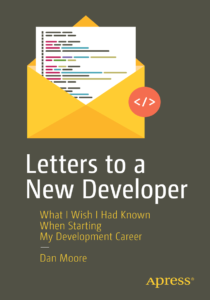Do you have an interest in foodtech? Are you in Colorado? Are you a senior engineer?
If the answer to all three is ‘yes’, you may be interested a position at The Food Corridor. Why? Small, tight knit team, a working product, revenue, customers that love the product.
